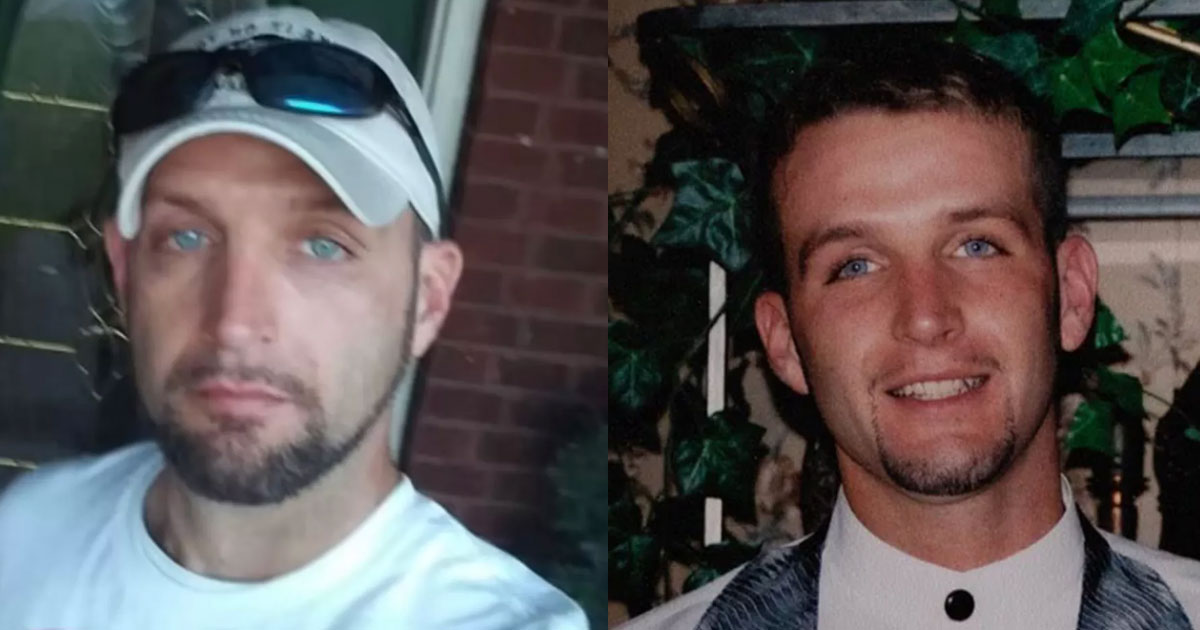The case of Brandon Clay Dotson is a deeply troubling and perplexing one, marked by tragedy and mystery. Dotson, a 43-year-old inmate at the Ventress Correctional Facility in Alabama, was found dead on November 16. His death alone was a cause for sorrow, but what unfolded afterward turned the situation into a complex legal and ethical dilemma. This case has garnered significant media attention due to the unusual and disturbing circumstances surrounding Dotson’s death and the state of his body after death.
Background of Brandon Clay Dotson
Brandon Clay Dotson’s life and eventual incarceration are central to understanding the gravity of the situation that unfolded. Serving a 99-year sentence for a burglary conviction, Dotson was in Ventress Correctional Facility, a prison known for its challenging conditions. His death coincided with the day he was eligible for parole, adding another layer of poignancy to the case. The background information about Dotson’s incarceration provides context to the subsequent events and raises questions about the prison system’s treatment of inmates.
Discovery of the Missing Heart
The discovery of Dotson’s missing heart is the most startling aspect of this case. After Dotson’s death, his family, suspecting foul play, arranged for a private autopsy. It was during this examination that the shocking discovery was made: Dotson’s heart was missing from his body. This revelation was not just a matter of emotional distress for the family; it also posed significant obstacles in determining the cause of Dotson’s death. The heart’s absence became a central point in the family’s lawsuit against the Alabama Department of Corrections, as they sought answers and accountability for what they described as “grave robbery and mutilation”.
The Family’s Legal Action
Following the shocking discovery of Brandon Clay Dotson’s missing heart, his family took decisive legal action. They filed a federal lawsuit against the Alabama Department of Corrections and other parties, seeking answers and justice for what they perceived as gross mishandling of Dotson’s remains. The lawsuit accused the involved parties of “grave robbery and mutilation,” pointing to a reprehensible violation of human dignity. This legal action represents not just a quest for personal justice but also a challenge to the correctional system’s practices and accountability.
Investigations and Legal Proceedings
The investigations into Dotson’s death and the subsequent legal proceedings have been complex and ongoing. Despite various testimonies and inquiries, the exact circumstances of Dotson’s death and the subsequent disappearance of his heart remain unclear. Various officials, including a warden, the commissioner and deputy chief commissioner of Alabama’s corrections department, and the director of Alabama’s forensic sciences department, have been involved in the case. However, definitive answers about the missing heart have been elusive. The involvement of multiple parties in the investigations underscores the case’s complexity and the difficulties in uncovering the truth in such a convoluted scenario.
Challenges in Determining the Cause of Death
One of the most significant challenges in the Brandon Clay Dotson case is determining the cause of his death, complicated by the absence of his heart. The heart is a vital organ for forensic analysis, particularly in autopsies, as it can provide critical evidence about the circumstances leading to death. Without it, the pathologist hired by Dotson’s family was unable to complete an accurate and comprehensive autopsy, leaving crucial questions unanswered. This gap in information not only hinders the investigation but also adds to the family’s distress, as they seek closure and understanding of what happened to Dotson in his final moment.
Impact on the Family
The impact on Brandon Clay Dotson’s family has been profound and multifaceted. Beyond the grief of losing a loved one, they have had to grapple with the horror of his body being returned in a decomposed state and missing a crucial part. This situation has undoubtedly caused significant emotional and psychological distress. The family’s struggle to obtain answers and their involvement in a legal battle against the correctional system add to their burden. Their experience highlights the often-overlooked human aspect of such cases, where families are left to deal with complex legal issues while also mourning their loss.
Similar Cases and Patterns
The case of Brandon Clay Dotson is not isolated. Reports suggest that similar incidents have occurred in Alabama’s prison system, indicating a disturbing pattern. For instance, the case of Charles Edward Singleton, another deceased inmate, showed similar anomalies – his body was returned without internal organs. These patterns point to systemic issues within the prison system and raise serious questions about the treatment of inmates’ bodies after death. The Dotson family lawyer has noted that multiple families experiencing such incidents suggests a broader problem, potentially indicative of a pattern of misconduct in the handling of deceased inmates.
Questions of Accountability and Prison Management
The Dotson case raises serious questions about accountability and prison management, particularly in the Alabama correctional system. The mysterious disappearance of Dotson’s heart and the condition in which his body was returned to his family point to potential negligence or misconduct within the prison or related institutions. This case, along with similar incidents, suggests systemic issues in how deceased inmates are treated and how their bodies are handled post-mortem. These concerns extend beyond individual cases, prompting a broader examination of the ethics, practices, and oversight within the prison system.
Conclusion: Seeking Justice and Answers
In conclusion, the case of Brandon Clay Dotson is not just about the tragic loss of a life but also about the quest for justice and answers in the face of a deeply troubling situation. As his family continues to seek clarity and accountability, their fight highlights the need for transparency and reform in the prison system. The case serves as a stark reminder of the importance of upholding human dignity and rights, even in the context of incarceration. It calls for a critical examination of the practices and policies governing the treatment of inmates, both in life and death, and underscores the necessity for systemic changes to prevent such incidents in the future.









Leave a Reply